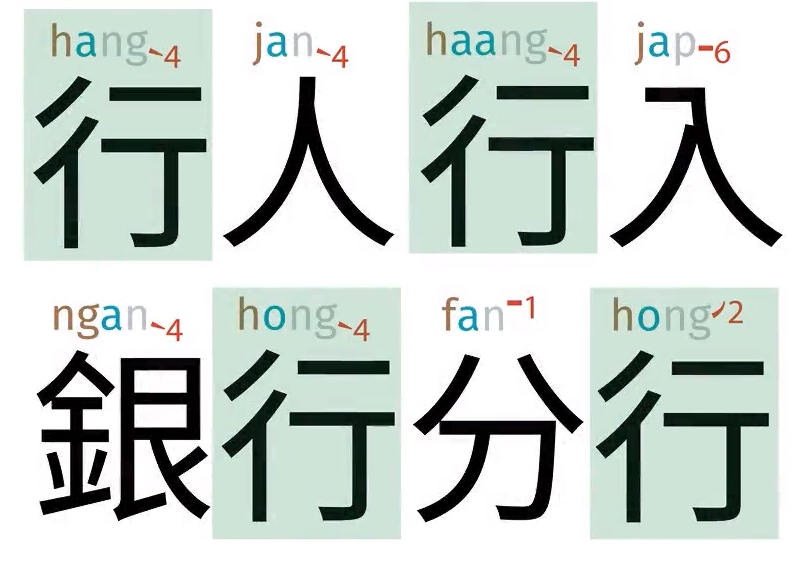"Vatnik" — ethnic or political slur?
Adam Taylor, Anastacia Galouchka & Heidi Levine, "Ukrainians fighting outside Bakhmut see Russian mercenaries withdrawing", Washington Post 5/282023:
“The Wagner guys have left and the [regular Russians] have come in,” said a 26-year-old commander who asked to be identified by his call sign, Chichen. He used an anti-Russian ethnic slur to refer to the troops who appear to be replacing the mercenaries […]
Read the rest of this entry »



